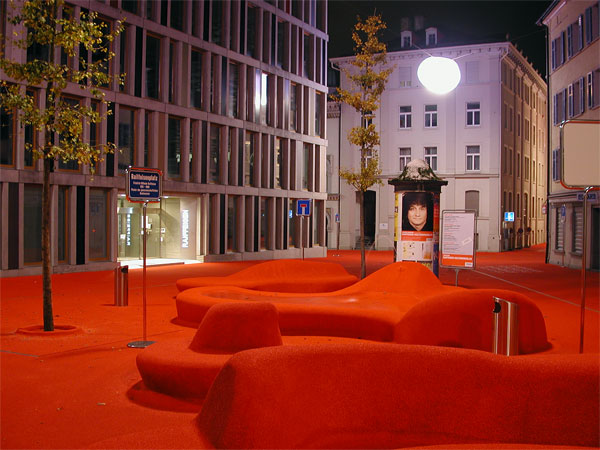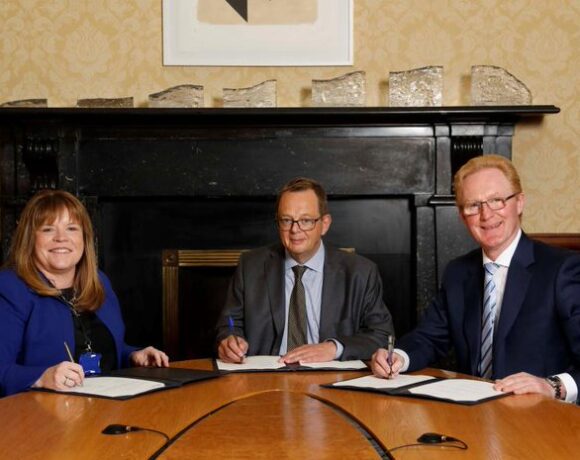New urban developments can easily be identified by their glassy exteriors and cold utilitarian spaces. However, gains in practical functionality of space can often be to the detriment of play and spontaneity.
By Ekaterina Tikhoniouk
When we think of play, we tend to think of children. Play is ‘an activity engaged in for enjoyment, especially by children.’ It is described as ‘child-directed’ or ‘a mode of expression common to all children.’ Even our everyday language – filled with phrases such as ‘kidding around’ and ‘childish games’ – betrays our inclination to limit play to the realm of the child. And while play is indeed an integral part of a child’s development, the cultural historian Johan Huizinga believed that ‘play is ever-present in mankind’, in both adults and children, and that culture and play are intertwined. Thus, it can be argued that we never stop playing and that adult play just takes a different form. When we grow up, we continue to engage in play in the form of sports, hobbies, practical jokes or just ‘having the craic’.
Yet this innate human need for play and playfulness is not always reflected in the design of our streets, buildings and housing estates. According to George Monbiot, ‘Children are being airbrushed from our towns and cities,’ and children’s play is no longer welcome in what is increasingly seen as adult territory.
But it seems that play is often unwelcome in the adult realm too. While children’s spaces tend to sport bright colours or playful furniture, the spaces and places built for adults tend to be demure, sleek and minimal, and often devoid of playfulness or colour.
While adding a wall of contrasting colours can be extreme, the addition of an accent or splash of colour can potentially make a difference to the perceived friendliness and atmosphere of a space.
Creating playful space is also about adding spontaneity, or creating something that is unexpected or out of the ordinary. One example is the Urban Lounge in the centre of St. Gallen in Switzerland, which covered the streets of an entire office quarter with a bright red rubber surface which rises up to form benches or planters, even giving the illusion of covering a car.
Other projects exhibit such playfulness too. During Dublin’s Parking Day in 2012, an impromptu jazz club popped up in a parking space, while other parking spaces hosted cafes, gardens, yoga classes and games of Twister.

Dublin’s Parking Day 2012
But creating playful space is not just about adding colour or whimsical furniture pieces or installations. Playful space is also space that allows people to meet and socialise, space that encourages incidental social interaction and playfulness between neighbours, or between random strangers in the street.
In the words of George Bernard Shaw: “We don’t stop playing because we grow old; we grow old because we stop playing”. Play is ever-present in man, and thus it is important to encourage play and playfulness in the urban realm, both for children and adults.
This article first appeared on Architecture Ireland, a publication of the Royal Institute of the Architects of Ireland.













